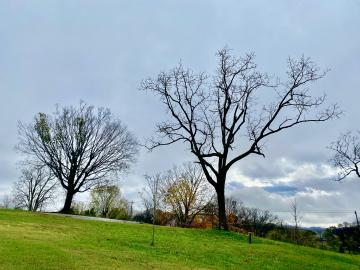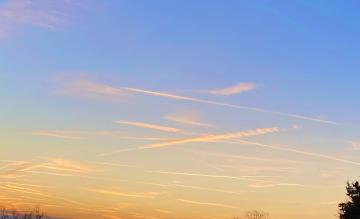Yellow Poplar
During the spring you can look at the mountains and tell where the streams and small drains are by looking for the streaks of green that the early leafing yellow poplar produces. It prefers to grow where the soil is deep and moist.
- Read more about Yellow Poplar
- Log in to post comments









